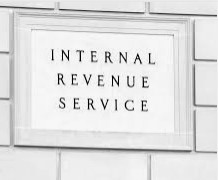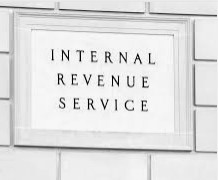
As part of National Small Business Week, April 30 to May 6, the Internal Revenue Service is highlighting tax benefits and resources to help those looking to start a business.
National Small Business Week is an annual effort led by the Small Business Administration to recognize the hard work, ingenuity and dedication of America’s small businesses and to celebrate their contributions to the economy. To support the special week, the IRS has a variety of resources available for small business owners to help them understand and meet their tax responsibilities. Next week, the IRS will be highlighting some of these resources, and @IRSnews also plans a special Twitter chat on Thursday.
When choosing to start a business, it’s important to consider the following:
Employer Identification Number
Most business owners will need an Employer Identification Number (EIN). It’s a permanent number and can be used for most business needs, from opening bank accounts to filing a tax return by mail. Business owners can get their EIN immediately by applying online at IRS.gov at no cost.
Business Structure
Taxpayers must decide what form of business entity to establish when starting a business. This helps determine which income tax return form must be filed. The most common business structures are:
Read More



























Recent Comments